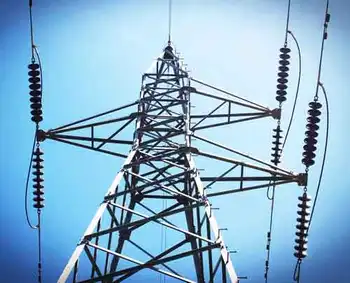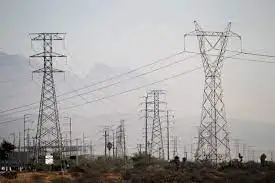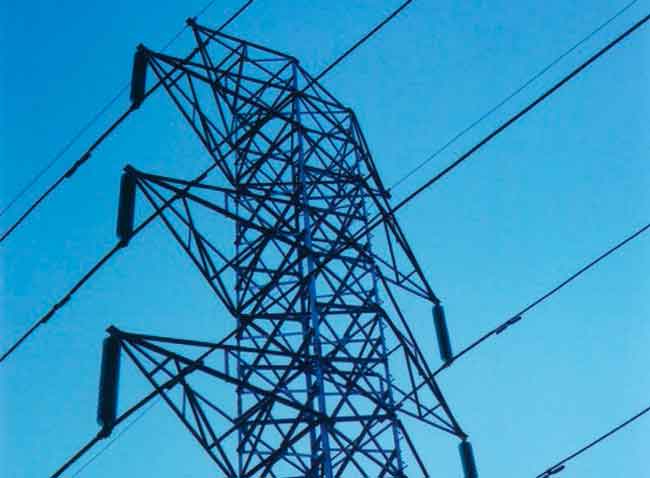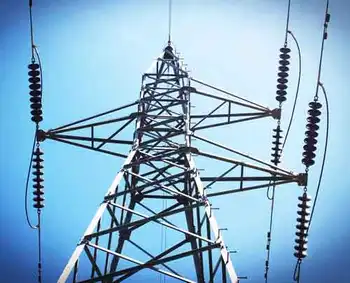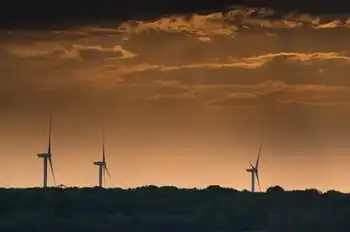Farmer protests power plant
By Knight Ridder Tribune
NFPA 70e Training - Arc Flash
Our customized live online or in‑person group training can be delivered to your staff at your location.

- Live Online
- 6 hours Instructor-led
- Group Training Available
The California Energy Commission published the complaint by Allen Etchepare, whose 880-acre spread lies closest to the site of the Colusa Generating Station. Three companies plan to build the 660-megawatt, natural gas-fired turbine plant on ranchland to sell to Pacific Gas & Electric Co. The power station is one of four non-fossil-fuel plants PG&E envisions to buttress the north state's power supply while minimizing the release of greenhouse gases. But Etchepare, in a letter dated Aug. 21, described the plant as a potential menace to air quality and his farmland, which lies 1.7 miles from the site.
Emerald Farms' complaint against the Delevan plant declares it would release about 185 tons of nitrogen dioxide into the atmosphere annually, in addition to the 356 tons already produced by PG&E's gas compressor nearby.
Nitrogen dioxide, generated mainly by motor vehicles, is a toxic gas linked to bronchitis and lung problems. Natural gas from the compressor would operate the plant's turbines, which would generate enough electricity for about 500,000 households. Besides threatening organic farmland, Etchepare wrote, the Delevan site's remoteness from major California cities would cause energy losses on transmission lines that would force the plant to burn more natural gas, releasing more carbon dioxide that would deplete the ozone layer.
"Each mile of transmission results in losses of electrical energy thereby necessitating more fuel to be consumed than is necessary," he wrote. "This extra fuel use results in greater air emissions than is necessary."
The complaint also decried the noise a turbine plant would produce, which Etchepare predicted would slash the value of his land and hinder his family's ability to sell parcels for future homes. Etchepare and K. Shawn Smallwood, a conservation consultant to the energy commission, asked regulators to require E&L Westcoast, the consortium pursing the power plant, to consider alternate sites, strictly curb nitrogen dioxide emissions and further study a power plant's impact on nearby farms and homes.
Andrew C. Welch, vice president of the consortium member Competitive Power Ventures Inc., said he has discussed Emerald Farms' concerns with Etchepare for several months but declared the Delevan power plant would meet state emissions standards and avoid squandering energy.
"The way PG&E chooses projects looks not only at financial considerations but also at the transmission system," Welch said from Sacramento. "If there were additional (energy) losses due to distance, they would be extremely small. I'm not sure there would even be additional losses."
The E&L Westcoast team includes the Maryland-based CPV, a power plant developer; General Electric, which would supply the turbines; and the Boston investment firm ArcLight Capital Partners.
The consortium applied to the energy commission in November 2006 for an operating permit for the power station. After the agency releases its final assessment on the plant, commissioners are slated to vote on the permit in December. Construction could then begin in the spring of 2008, with the station to open in 2010.





